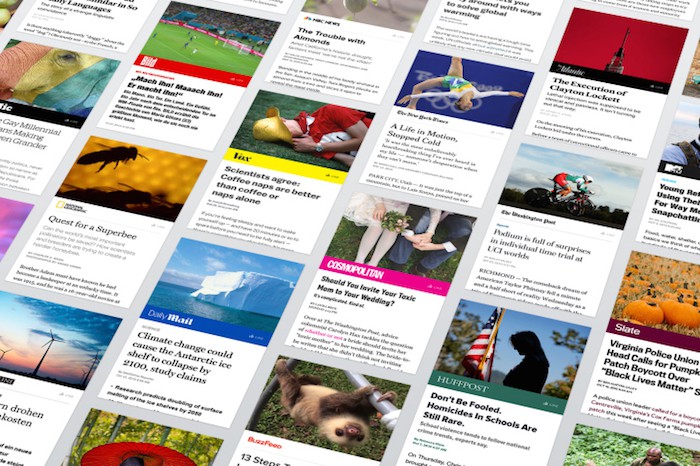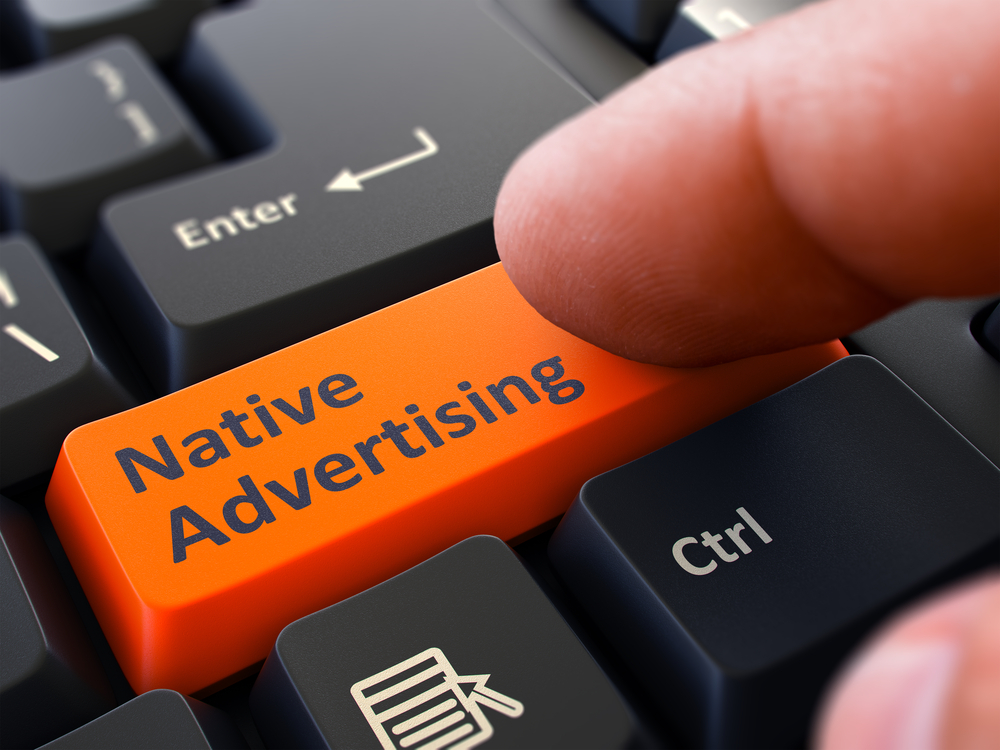
NEW YORK, Oct. 14, 2015— Adiant, owner of the largest content-style native advertising platform, has announced an integration with Alliant that will give its advertisers access to targeted consumer advertising segments. Alliant develops and maintains one of the largest and most comprehensive proprietary databases of consumer purchasing information. Alliant’s data is updated continuously, and includes information on over 270 million U.S. consumers.
The combination of Adiant’s scale and Alliant’s wealth of information will provide advertisers with a robust audience targeting platform capable of delivering increased long-term ROI.
Effective immediately, the Alliant audiences will be available across Adiant’s digital advertising platforms on a Cost Per Click (CPC) basis. Offering CPC pricing with Adiant’s scale and Alliant’s targeting capabilities, provides an exciting opportunity for advertisers who seek consumer engagement and lead generation.
Adiant offers advertisers and marketers a turn-key approach to digital advertising, providing creative development, custom audience targeting and media placement. The integration with Alliant will help Adiant better serve and grow its advertisers, especially brands, who are looking to target a specific audience.
“We recognize that our advertisers and marketers have a need for sophisticated targeting,” explained Ash Nashed, CEO Adiant. “Our integration with Alliant is an opportunity to make the world of digital advertising easier for marketers to navigate. Partnering with Alliant was an easy choice and we knew it would mean one less challenge our customers had to deal with when launching campaigns on our platforms. Alliant offers our clients sophisticated targeting solutions with proven quality.”
For many marketers and advertisers, the internet is a large and unorganized space to find specific audiences targets. Adiant is changing that. Adiant’s strategy is to combine its extensive reach with Alliant’s targeting capabilities to enable advertisers to find a specific consumer segment at a scale needed to make marketing campaigns truly successful.
“Adiant is an innovative platform partner who shares our vision and passion for cutting-edge digital advertising solutions,” said Donna Hamilton, Alliant’s Vice President of Sales & Business Development. “We believe Adiant delivers a unique value proposition for many marketers and we are looking forward to being part of their compelling growth story.”




